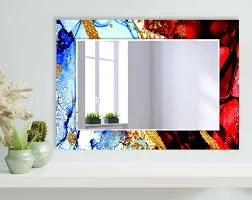

Triple Silver Low-E Glass The Future of Energy Efficiency in Architecture
In the pursuit of sustainability and energy efficiency, the architectural industry has seen significant innovations over the past few decades. One such breakthrough is the development of triple silver low-emissivity (low-E) glass. This advanced glazing technology is becoming increasingly popular among architects, builders, and homeowners alike, owing to its tremendous benefits in energy conservation, comfort, and aesthetics.
Triple Silver Low-E Glass The Future of Energy Efficiency in Architecture
One of the most remarkable advantages of triple silver low-E glass is its exceptional thermal performance. The multiple layers of silver create a barrier that minimizes heat loss during colder months, while effectively reducing heat gain in warmer seasons. This double action leads to substantial energy savings, as heating and cooling systems do not need to work as hard to maintain comfortable indoor temperatures. Studies suggest that buildings equipped with triple silver low-E glass can achieve energy savings of up to 50% compared to those using traditional single-pane glass.

Moreover, the use of triple silver low-E glass can contribute significantly to LEED (Leadership in Energy and Environmental Design) certification, making it an attractive choice for eco-conscious builders and developers. By lowering energy consumption, it helps to reduce greenhouse gas emissions, thereby playing a part in combating climate change. In an era where consumers are increasingly prioritizing sustainability, integrating this technology into building designs is not just an ethical choice but also a competitive one in the market.
In addition to its energy-saving capabilities, triple silver low-E glass offers enhanced comfort for occupants. By minimizing outside noise and eliminating cold spots near windows, buildings can create a more pleasant living or working environment. The glass can also be customized to meet various aesthetic preferences, available in different tints and finishes, allowing designers to harmonize it with the overall architectural vision.
Another noteworthy aspect is the durability and longevity of triple silver low-E glass. With proper installation and maintenance, this glazing technology can last for decades, providing lasting value and reducing the need for frequent replacements. Its resilience against environmental factors such as UV exposure ensures that the performance remains strong over time.
In summary, triple silver low-E glass epitomizes the fusion of technology and design in modern architecture. With its remarkable thermal insulation properties, contributions to sustainability, aesthetic versatility, and durability, it offers a comprehensive solution to the challenges faced by the building sector today. As society continues to seek innovative methods to enhance energy efficiency and reduce environmental impact, the adoption of triple silver low-E glass will undoubtedly play a pivotal role in shaping the future of our built environment. Embracing this technology not only benefits individual properties but also contributes to a larger strategy of creating sustainable communities and a healthier planet.